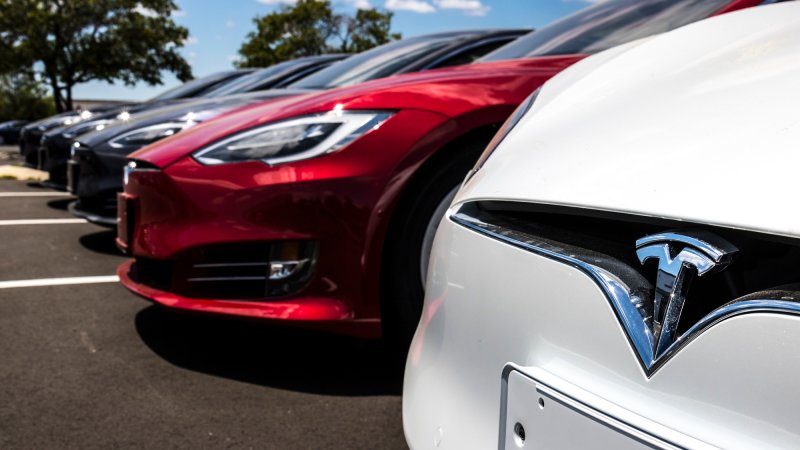Technology
Electric Vehicles
The batteries, motors, and other breakthroughs powering our shift from combustion-engines to EVs.
Latest in Electric Vehicles

Electric Vehicles
The batteries, motors, and other breakthroughs powering our shift from combustion-engines to EVs.
Breakthroughs, discoveries, and DIY tips sent every weekday.
By signing up you agree to our Terms of Service and Privacy Policy.